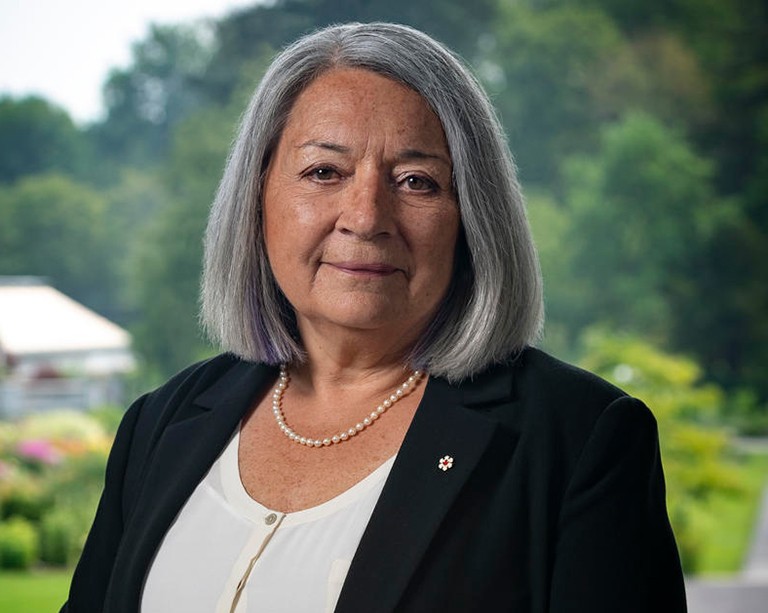Making Toronto more friendly to seniors is a big-city challenge, new study says

As the City of Toronto — like many other metropolises — struggles to meet the needs of its senior citizens, Concordia political scientist Meghan Joy questions whether its overall approach needs a rethink.
In a new paper published in the Journal of Aging Studies, Joy argues that large cities like Toronto should avoid viewing older adult populations as a problem to be solved and instead regard them as residents to be served.
The roots of the paper date back to 2014, when she was working on her doctoral thesis in Toronto. She interviewed dozens of municipal, provincial and federal bureaucrats, city officials, NGOs, academics and others as part of her analysis of the city’s Toronto Seniors Strategy. It had been unveiled the year before and was an outgrowth of the Age-friendly Cities and Communities program developed by the World Health Organization in 2007.
Over the course of her interviews, Joy documented a trend of treating seniors as “a serious social and financial problem” facing cities. She believes that a more helpful and inclusive approach would be transforming cities to enhance seniors’ quality of life.
Joy, who is an assistant professor of political science in the Faculty of Arts and Science, is sympathetic to the challenges facing Toronto bureaucrats — which she believes were exacerbated both by the legacy of off-loading provincial responsibilities to cities on the part of previous Ontario governments and the tumult of the chaotic Rob Ford years.
“But we have normalized these understandings about seniors and some of the problems we’re facing as a society. I’m questioning those understandings and saying, if we really want to address some of those challenges, maybe we need to re-examine the ways we’re thinking about seniors,” Joy says.
A shift in approach
Too often, she writes, seniors are being told to change to stay apace of the city. They are told to eat better, exercise, stop smoking.
But, as one interviewee tells Joy, government officials “don’t take into account the fact that certain things are out of your control…. You can still get cancer, arthritis or whatever limit to your ability to do things. They are essentially saying you are responsible for the fact that you have got this aging thing happening to you and you are supposed to be youthful.”
In order to make the modern city more accessible to seniors — and by extension to most others with accessibility issues — Joy says all levels of government need to change their approach.
This includes addressing issues such as food deserts, providing more and better long-term supportive housing options, transit accessibility and delivering support programs.
There are a variety of factors that make Toronto’s problems unique, Joy adds, not least of which is the ambition of being a global city. Its bureaucrats are given additional challenges when they are tasked with pursuing goals that can be at times incompatible.
“There is this pressure to be competitive economically, to support growth and density, and a lot of bureaucrats are struggling with this,” she explains. “They talked a lot about issues like traffic congestion and street lights and moving people more quickly. But aging people actually need slower traffic lights.”
Joy says she hopes to soon start focusing her research to include other Canadian cities, especially Montreal.
Read the full study, “Problematizing the age friendly cities and communities program in Toronto.”
Contact
Public Affairs
514-848-2424, ext. 5068
patrick.lejtenyi@concordia.ca
@ConcordiaUnews


